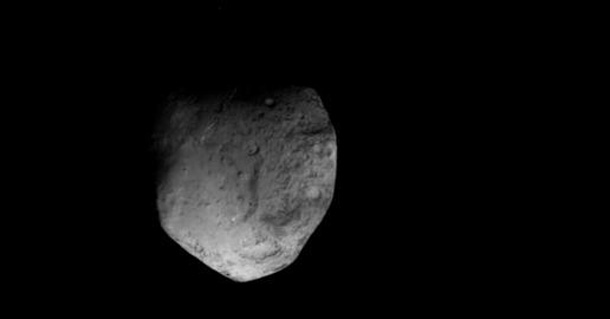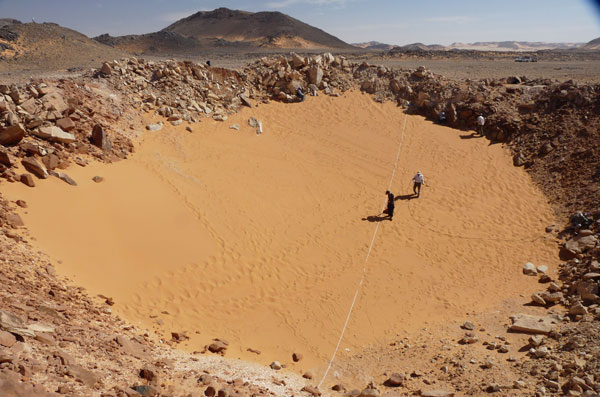Stardust Spacecraft Sends Home Close-Ups of a Comet
 Well, NASA’s Valentine’s date seems to have gone off without a hitch. Last night the Stardust-NExT probe passed within 110 miles of the comet Tempel 1, and snapped plenty of pictures during its rendezvous. The mission’s main objective was to record the results of an experiment conducted by another spacecraft, Deep Impact, which hurled an impactor at Tempel 1 back in 2005. Researchers hoped Stardust would catch a glimpse of the man-made crater.
Well, NASA’s Valentine’s date seems to have gone off without a hitch. Last night the Stardust-NExT probe passed within 110 miles of the comet Tempel 1, and snapped plenty of pictures during its rendezvous. The mission’s main objective was to record the results of an experiment conducted by another spacecraft, Deep Impact, which hurled an impactor at Tempel 1 back in 2005. Researchers hoped Stardust would catch a glimpse of the man-made crater.
The whole point here was to see the impact crater from 2005, and Stardust was able to do that. It’s difficult to see in these images here, but Pete Schultz, an impact specialist with the mission, said the crater is about 150 meters across and has a central peak, indicating material fell back to the comet. The crater wasn’t as obvious as expected, but is about the right size given the impactor speed, mass, and angle of impact.
Head over to Bad Astronomy for more details, and for a nice animation of the flyby.
Image: NASA/JPL-Caltech/Cornell
 Kamil crater, at only about 150 feet wide and 50 feet deep, may not break any size records–but what the Egyptian crater lacks in range it makes up for with cleanliness. In an
Kamil crater, at only about 150 feet wide and 50 feet deep, may not break any size records–but what the Egyptian crater lacks in range it makes up for with cleanliness. In an  The crater rises above its desert surroundings, and during visits to the site over the past two years researchers have collected around 5,000 iron meteorites (the dark rocks pictured at right). They estimate that the original meteorite weighed between 5 and 10 tons and smacked the site at 7,800 miles per hour, giving the crater its characteristics, including “rays” that are visible in
The crater rises above its desert surroundings, and during visits to the site over the past two years researchers have collected around 5,000 iron meteorites (the dark rocks pictured at right). They estimate that the original meteorite weighed between 5 and 10 tons and smacked the site at 7,800 miles per hour, giving the crater its characteristics, including “rays” that are visible in